The Kailasa temple is the largest of the rock-cut Hindu temples at the Ellora Caves in Maharashtra, India. A megalith carved from a rock cliff face, it is considered one of the most remarkable cave temples in the world because of its size, architecture and sculptural treatment. The top of the superstructure over the sanctuary is 107 feet (32.6 meters) above the level of the court below, although the rock face slopes downwards from the rear of the temple to the front.
The Kailasa temple (Cave 16) is the largest of the 34 Buddhist, Jain and Hindu cave temples and monasteries known collectively as the Ellora Caves, ranging for over 2 kilometres (1.5 miles) along the sloping basalt cliff at the site. Most of the excavation of the temple is generally attributed to the eighth century Rashtrakuta king Krishna I (r. c. 756 – 773).
The Kailasa Temple is carved from a single rock (!!) and is notable for its vertical excavation—carvers started at the top of the original rock and excavated downward.

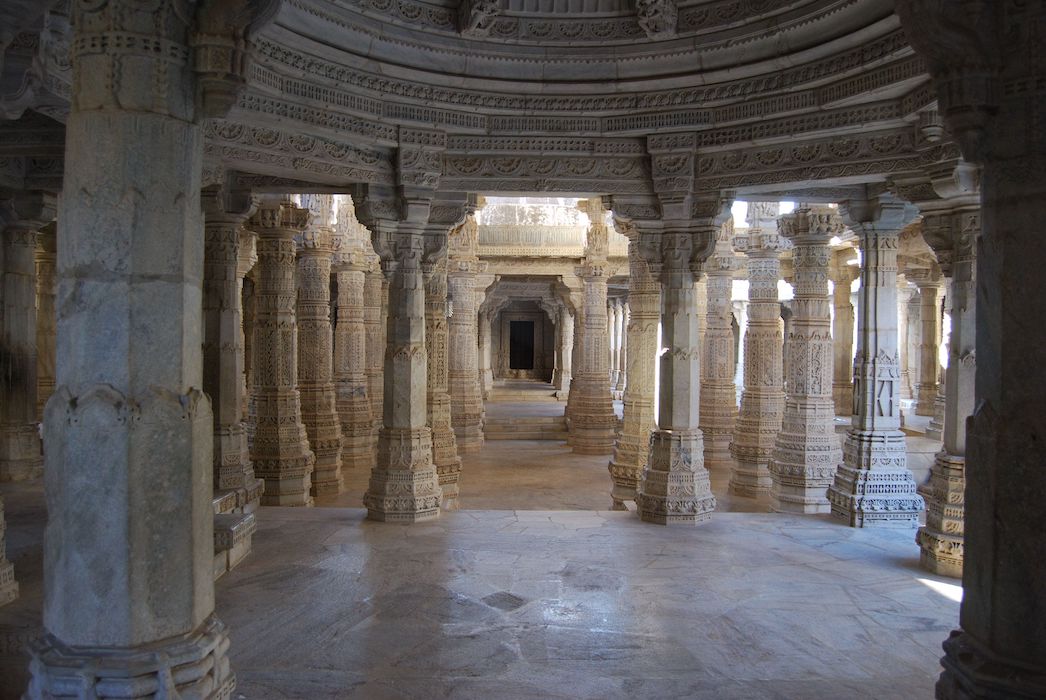

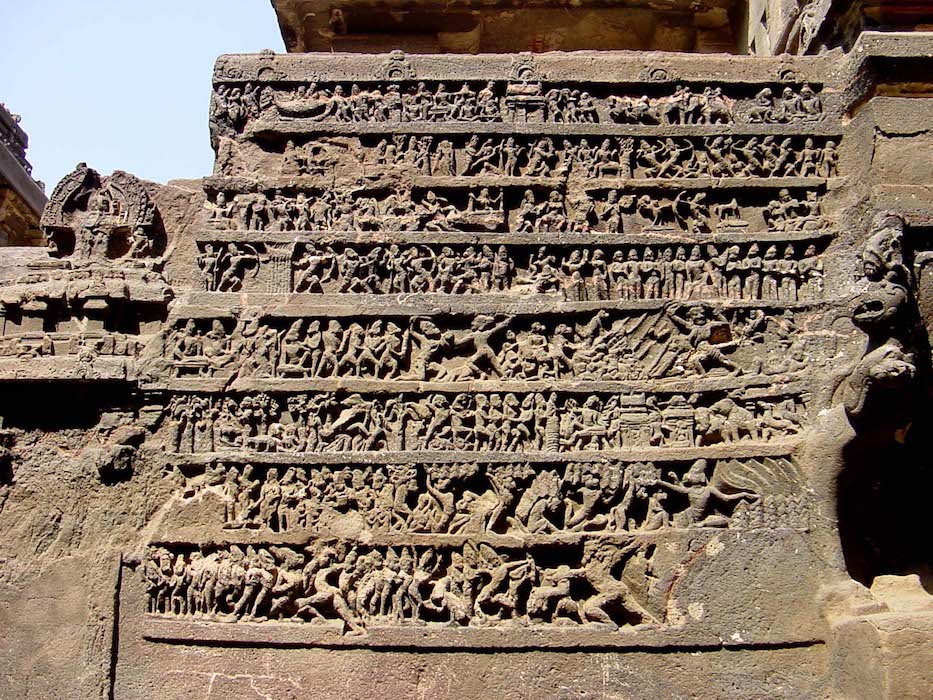

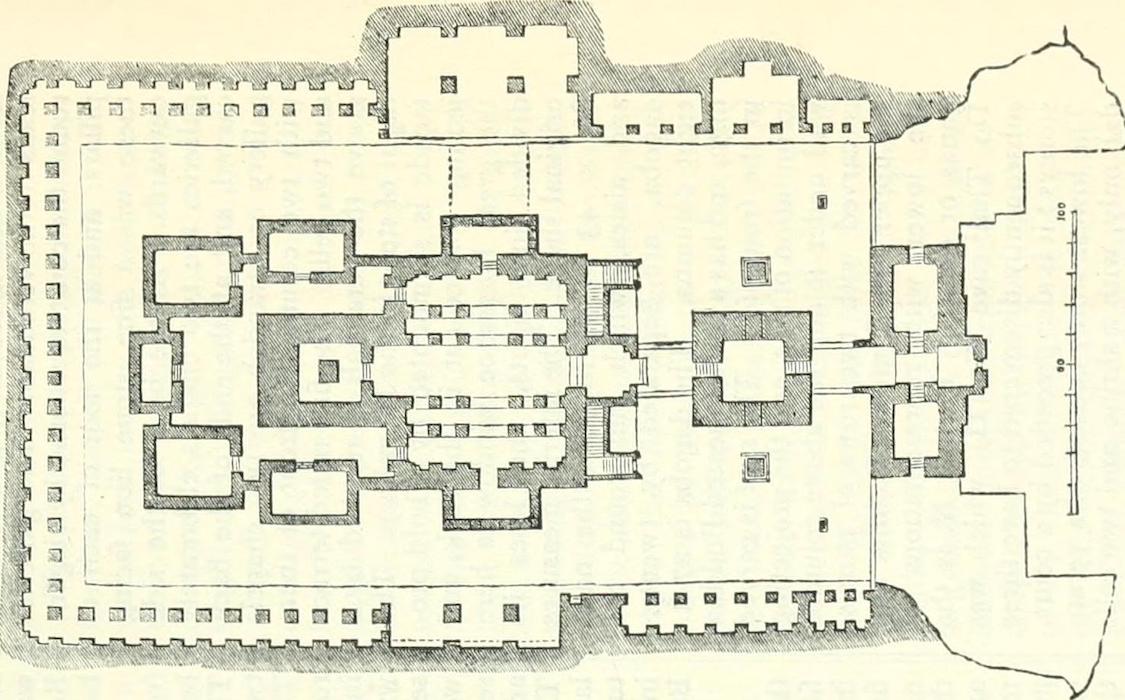
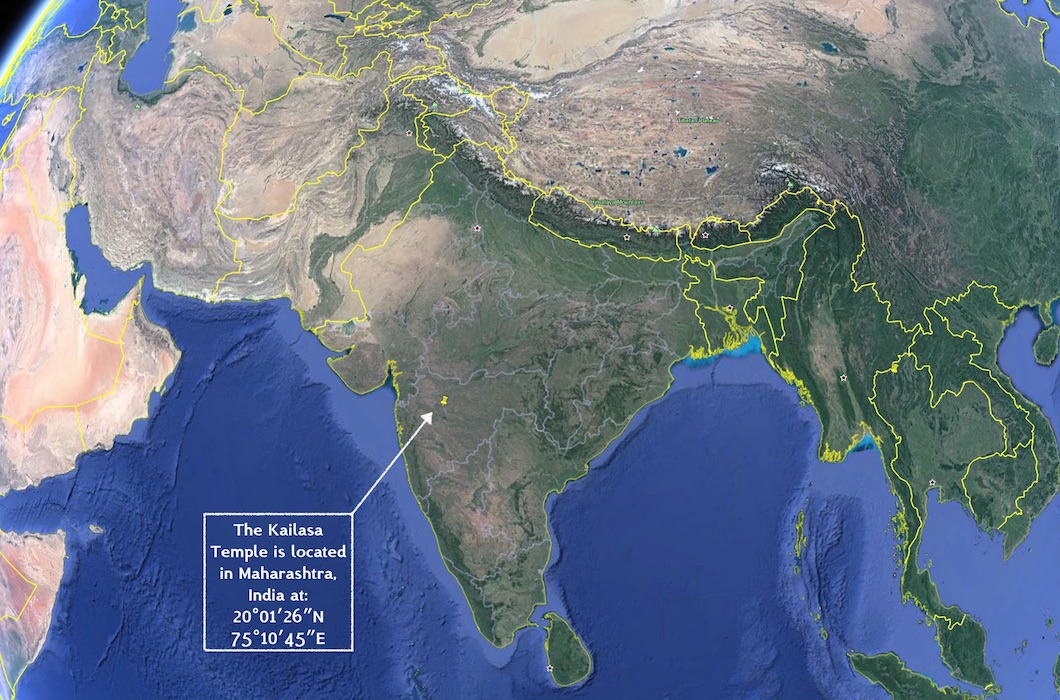
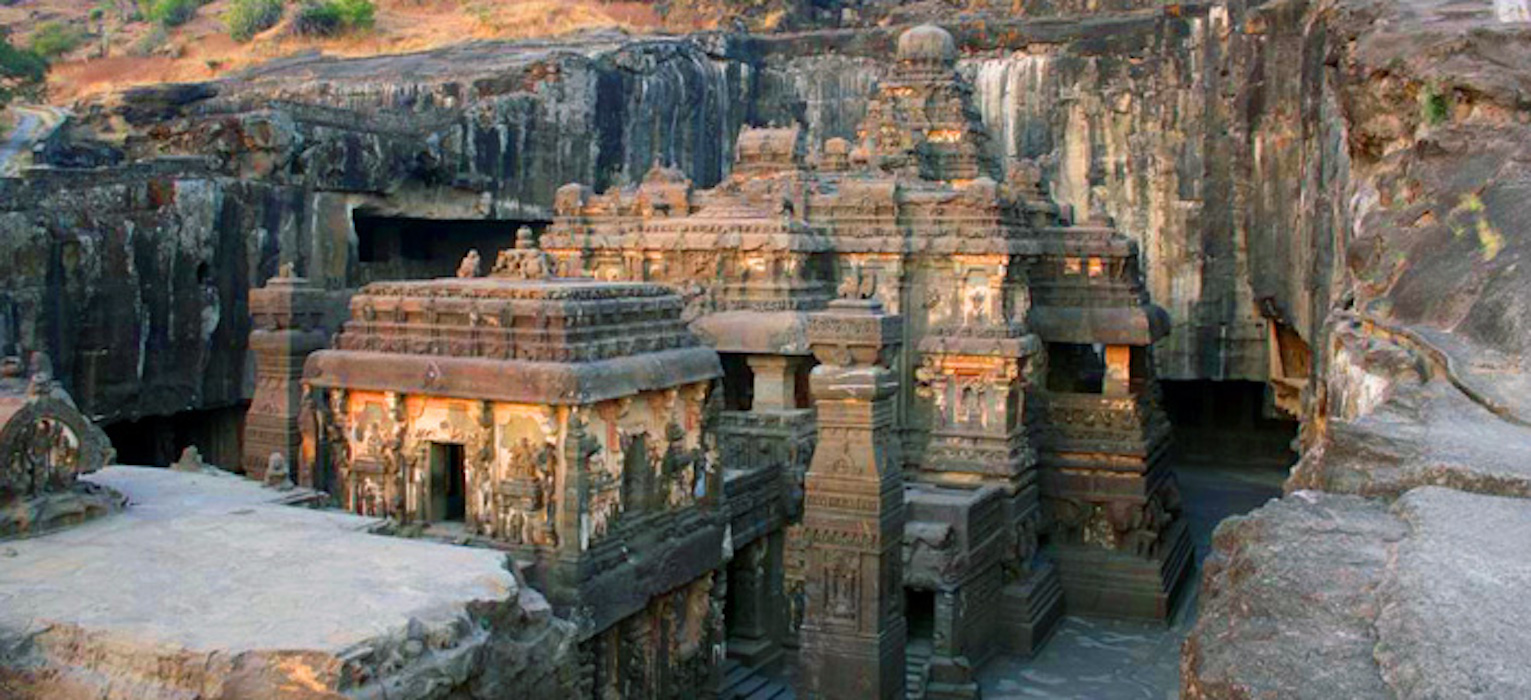

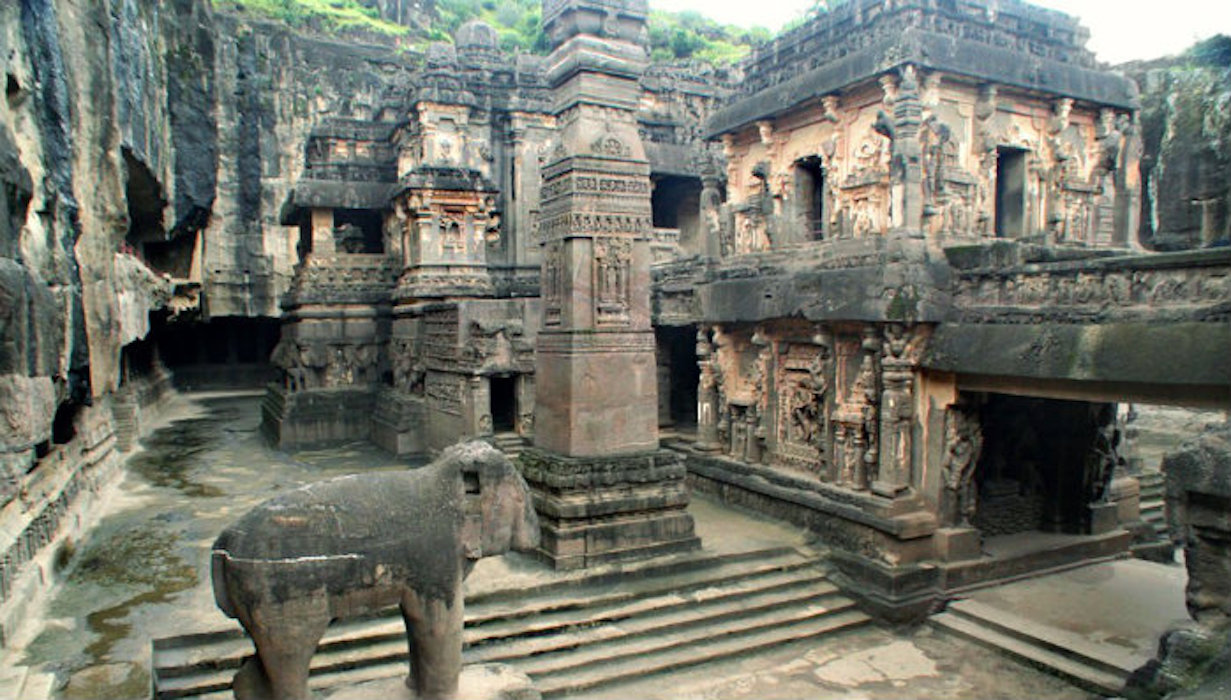

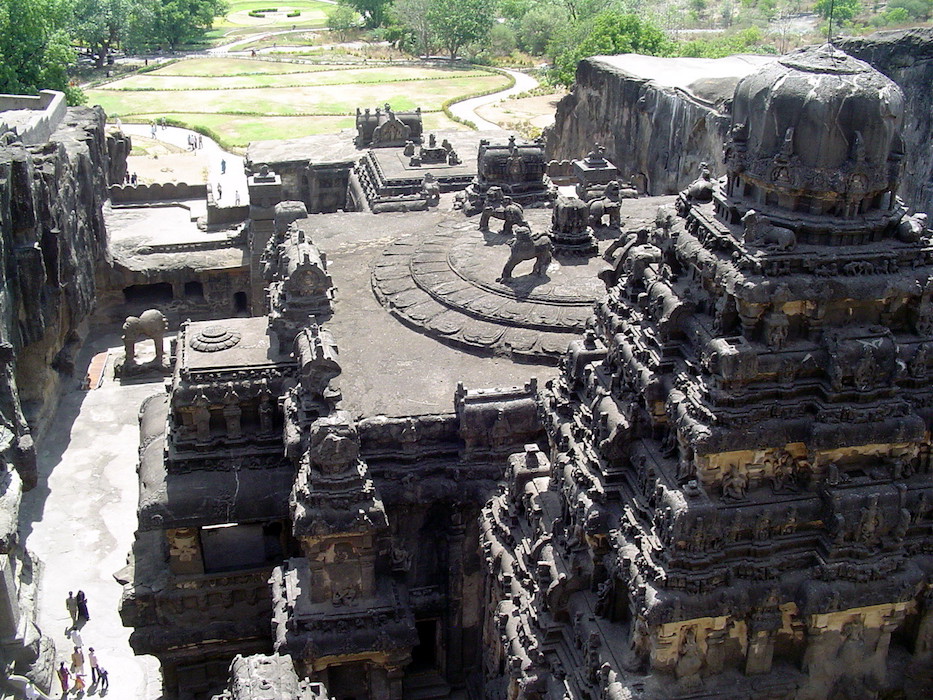


Would you like to share your thoughts?
Your email address will not be published. Required fields are marked *